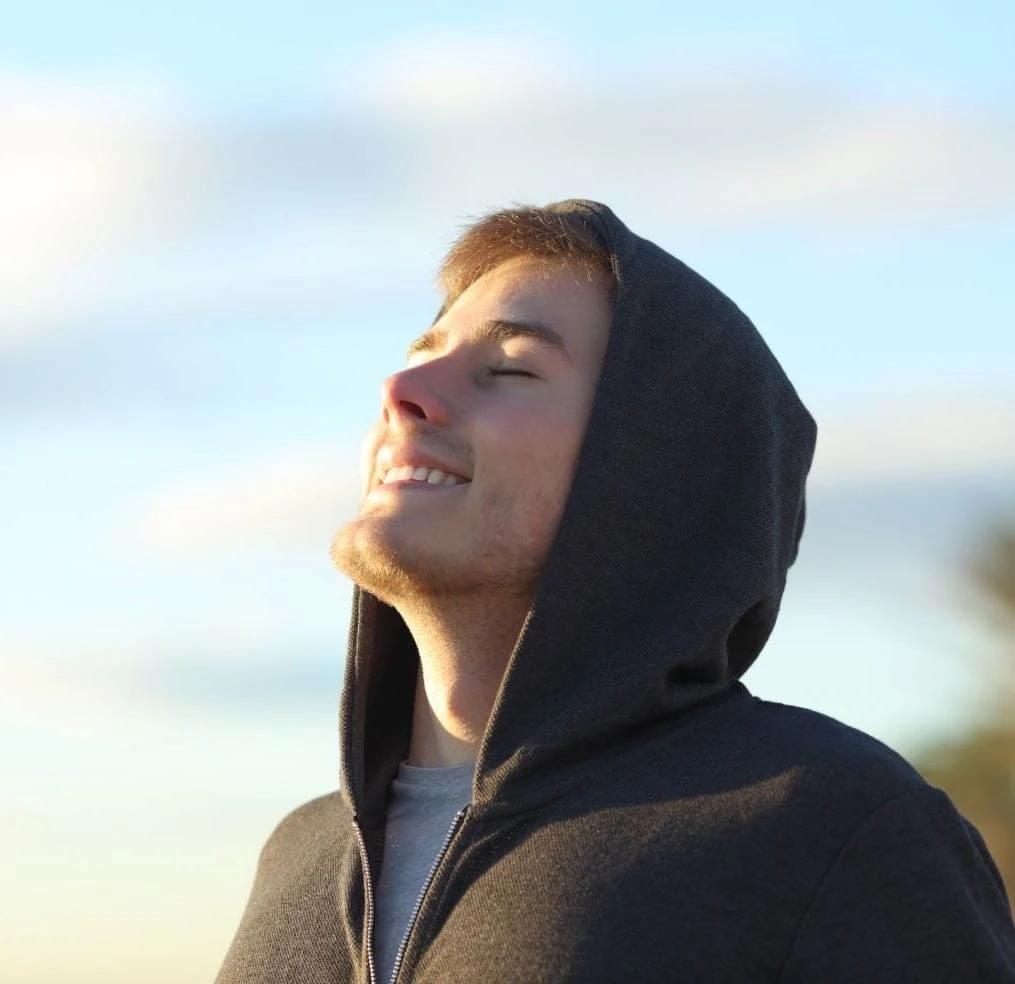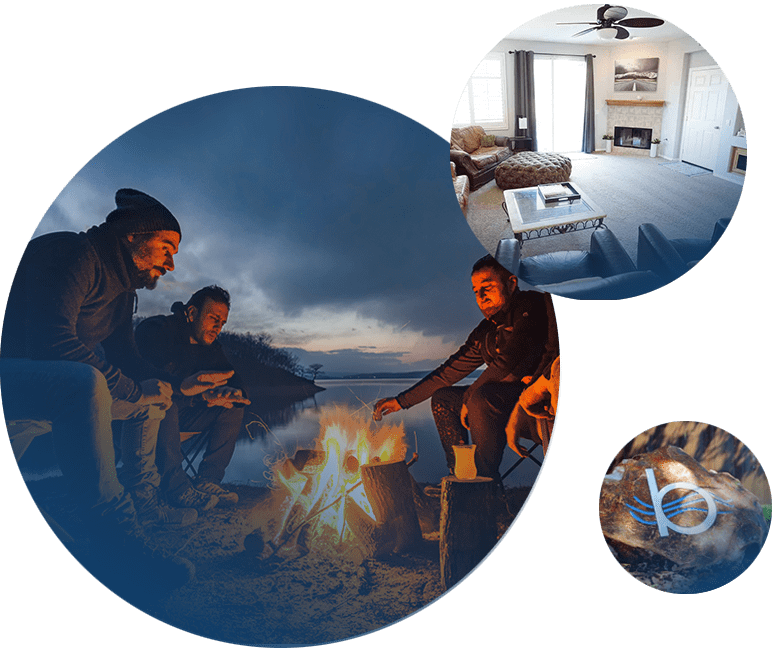


Eminem Shares Previous Struggle With Drugs That Pushed Him To 230 Pounds : LIFE : Tech Times
The brave rapper and entertainer Eminem opens up abut his demons, difficulties and journey to health. We commend this talented artist that could inspire the over 22 million people in recovery from substance use disorders in the United States. We forget it affects everyone no matter our backgrounds, but that the vulnerability and honesty of this amazing artist can bring life to those not seeing beyond the haze of today. Thank you Eminem.
With drinking on the rise and affecting over 33 million people in the United States, efforts to provide alternatives to punitive corrections such as sober living and/or treatment has its own barriers. Society wants them to get help, but not close to them. Alcohol and drug free homes are opening up to attend the demand, but what are the standards and protocols? Is a sober house just any house with agreed rules or should overseeing bodies have close monitoring? Do cities work with these overseeing bodies and how can users and the community have feedback? Research has found that housing for alcohol and drug addiction recovery does in fact reduce crime and impact the overall ambience of a community. The effort lies in communicating these results to society and agreeing on best practices of these residences to have more outcomes rather than dark stories that can pull strong efforts to change the way we view substance use disorders.
What starts as recreational marijuana and prescription opiate use can escalate to an overdose, and given the sensitive biology that is still developing in youth, most prefrontal activity is interrupted and hindered by the strong prescriptions available in most cabinets. Its a phase. She will get out of it. Unfortunately the stigma is still too large and few want to discuss it as if it would not happen to a specific group or segment.
Treatment centers are attending this problem and supporting the recovery with sober living, safe housing that is overseen by organizations such as the sober living network and ccapp. More focus on long term plans and supporting families need to be addressed for it is illogical that a problem that arises from months and up to years can be detained in 30 days.
http://www.thenewsherald.com/articles/2015/07/04/news/doc559539002f148525085690.txt
A heroin ring seems to have been a problem in the New York prison where the inmates escaped with supposed support of correctional staff. Heroin use is escalating and its manifestation must be obvious within the correctional facilities. It is interesting to see if there is any attention to drug and alcohol use within as well as the support to have those within the system transition back into society. Recovery programs are very archaic within prison, limited to 12 stem meetings and faith based interventions. Can we implement telemedicine? Tele-counseling? Where can technology, a very low cost investment to outcome ratio, be implemented? As always, change is needed and the way we have been doing things will not take us to the vision we have as a country and community, there must be support for the unattended and uninsured if there is to be progress in general.
http://www.cnn.com/2015/06/29/us/new-york-prison-investigation/
Hillary Clinton's team seems to be placing a higher level of attention to substance use disorders, formerly known as addiction and alcoholism, with the heroin and methamphetamine epidemic in rural America. Seems like awareness is at senate level and permeating the verbiage of the candidate, hoping that their words get placed into action. What's great is that, apart from using google hangouts (pretty tight to be staying current and involving multiple brainstorming), their focus is on decriminalizing lower drug offenses, placing a priority for mental health and attention to treatment rather than incarceration. Great step guys. Now go do it.
(adsbygoogle = window.adsbygoogle || []).push({});
The stories of hope in recovery from addiction and alcoholism, presently known as substance use disorders, are very real. The impact of school on the turnaround is very real and rarely heard (as well as employment). The challenge is finding these colleges that are willing to give individuals second chances as well as accommodating programs to fit someone hurting from alcohol abuse or drug addiction right into their classes. Heres a thumbs up to those opening their doors, for those who change will impact thousands in their new journey.
http://digital.vpr.net/post/drug-addiction-college-graduation-turnaround-story
What is Kratom? Well, since its not scheduled nor illegal, you don't have to worry until something horrible happens. Such as the suicide of this teen, or the huge amounts being sold as supplements to those seeking a natural high (or in common terms anxiety relief). Found at supplement stores (even gas stations) this substance cannot be tested in a typical 12 panel, you have to send off to a lab to confirm the blood level. It is very important to begin attending the production, manufacturing and importing of this substance as well as being aware of its effects. Any information is gladly appreciated at [email protected]
https://www.yahoo.com/parenting/whats-kratom-parents-speak-out-after-drug-drives-119458538452.html
https://www.bytheseasandiego.com
And we never think we hurt others while we go around our own problems, specially in families. In Addiction, the confusion is intensified with the lies and the fear to communicate what's real: there's a serious problem with alcohol and/or drugs and believing that circumventing around members, many times the younger ones, will be alleviating or a less heavy burden. Its worse. This beautiful article depicts the story of a son's journey with the problem of a father. To those thinking that alcoholism or drug addiction is only one persons problem, we say think again.
http://www.redeyechicago.com/opinion/redeye-addict-father-death-20150519-column.html
(adsbygoogle = window.adsbygoogle || []).push({});
(adsbygoogle = window.adsbygoogle || []).push({});
Families who have lost a loved one to substance use disorders, formerly known as alcoholism and addiction, are tired of being tired. Where do they go to? How many times can someone go to treatment? What if you can't afford it? Families are coming out. The pain is greater than the stigma. It is no longer moral. It is no longer good versus wrong. Its simply needs to be spoken about. With an opiate epidemic in the United States, its coming back to the hands of those hurting and they are aking for anwers.
http://detroit.cbslocal.com/2015/04/27/woman-who-lost-grandson-to-heroin-takes-on-drug-addiction/
And these are the stories the public gets about substance use disorders, or commonly known as addiction or alcoholism: that your newspaper columnist or neighbor can provide adequate information to attend a very critical and much more complex issue than a one stop solution. The columnist uses an 'interventionist' (yes, she uses quotes) to offer an educated solution, one ending in 'would you let anyone else in your home do what she is doing?'. Where are the mental health professionals? Where are family dynamics explored? Why is it one of the most sough after topics yet such few professional support sought? Mental health is still a taboo, sought when things are breaking down and not a part of wellness nor lifestyle. In the substance use disorder field there is more attention placed in high levels of severity than prevention or education. Its time for a shift. Oh, and lets stop using the word addict and alcoholic, it perpetuates stigma and is a horrid self identification verbage.
http://www.hollandsentinel.com/article/20150417/ENTERTAINMENTLIFE/150419268/-1/opinion
